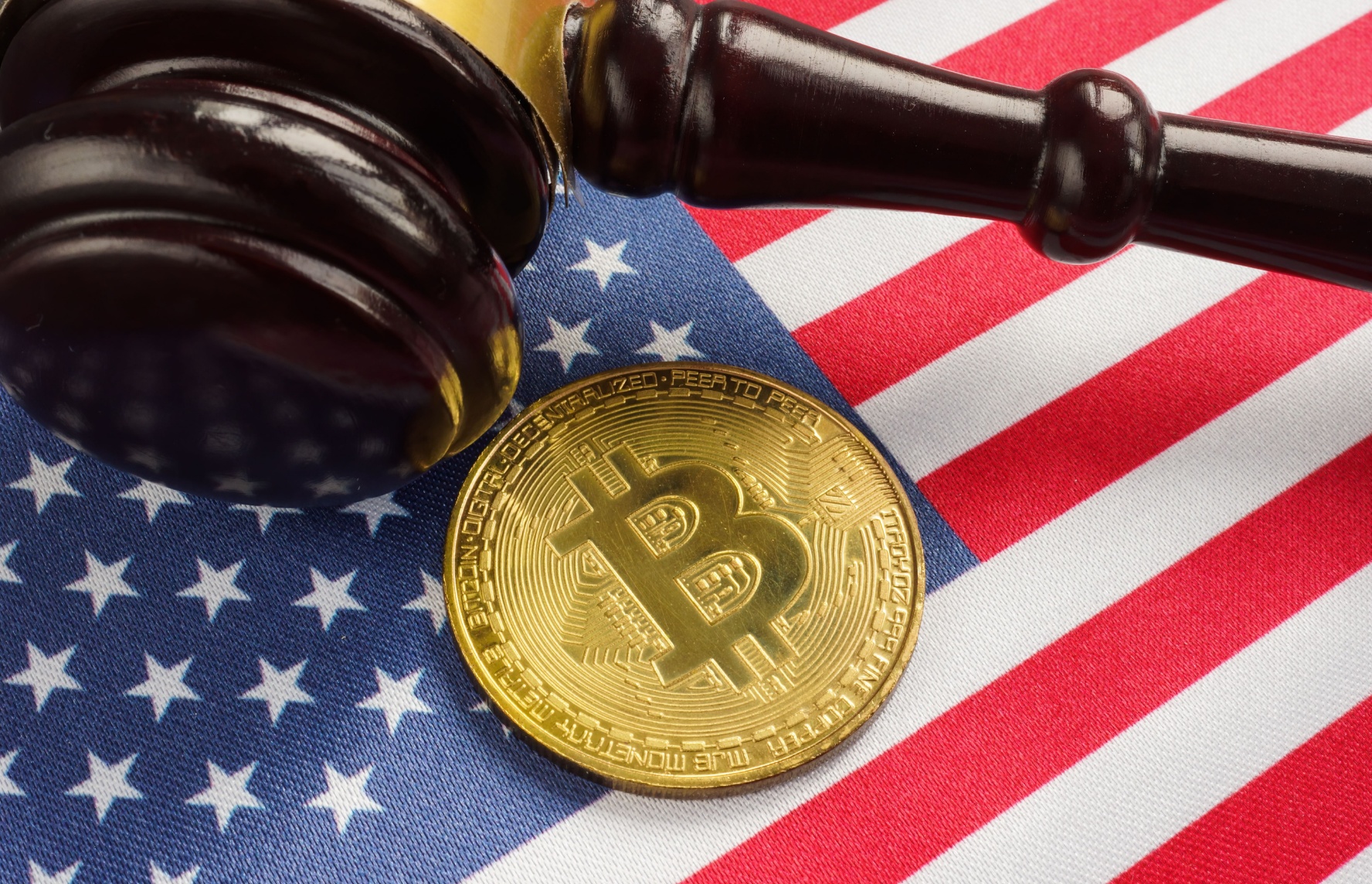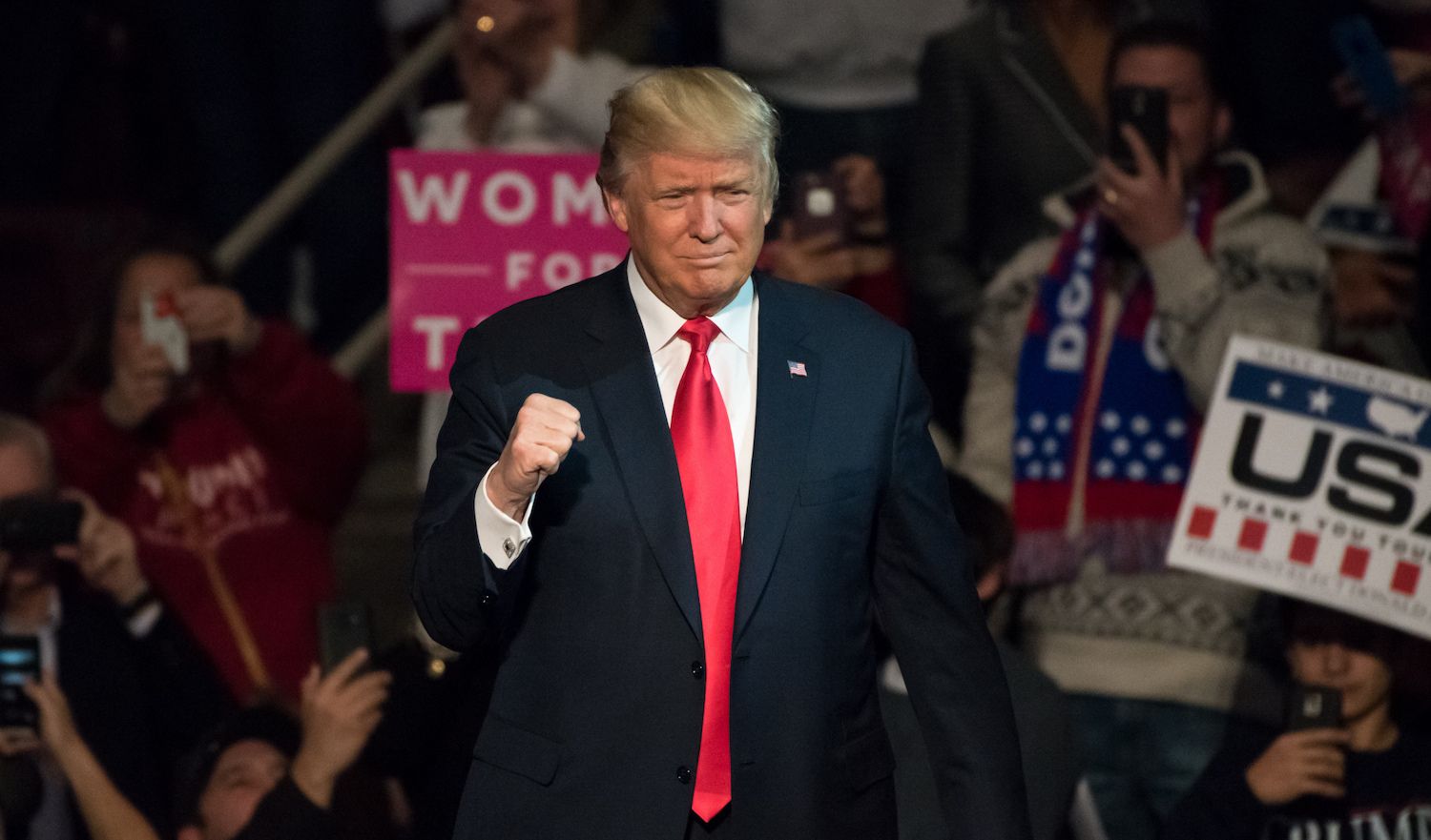Financial Fairness: Why Interest Rates Need a Sweeter Approach

In the rapidly evolving world of cryptocurrency, stablecoins have emerged as a critical financial innovation—but they also harbor a potentially dangerous regulatory blind spot. Aaron Klein, a leading financial policy expert, has recently highlighted a critical vulnerability in the current regulatory framework that could pose significant risks to financial stability.
The GENIUS Act, while well-intentioned, has inadvertently exposed a regulatory loophole that could allow stablecoins to operate with minimal oversight. Klein argues that this gap could enable bad actors to exploit the system, potentially undermining the very financial protections the legislation aims to establish.
At the heart of Klein's concerns is the lack of comprehensive monitoring and enforcement mechanisms for stablecoin issuers. Without robust regulatory guardrails, these digital assets could become conduits for financial manipulation, money laundering, or systemic risk.
To address these challenges, Klein proposes a multi-faceted approach. His recommendations include:
• Implementing stricter transparency requirements for stablecoin reserves
• Establishing clear regulatory oversight mechanisms
• Creating real-time reporting standards for digital asset backing
• Developing comprehensive risk assessment protocols
By closing this regulatory loophole, policymakers can protect investors, maintain market integrity, and ensure that stablecoins continue to serve their intended purpose as a reliable digital financial instrument.








